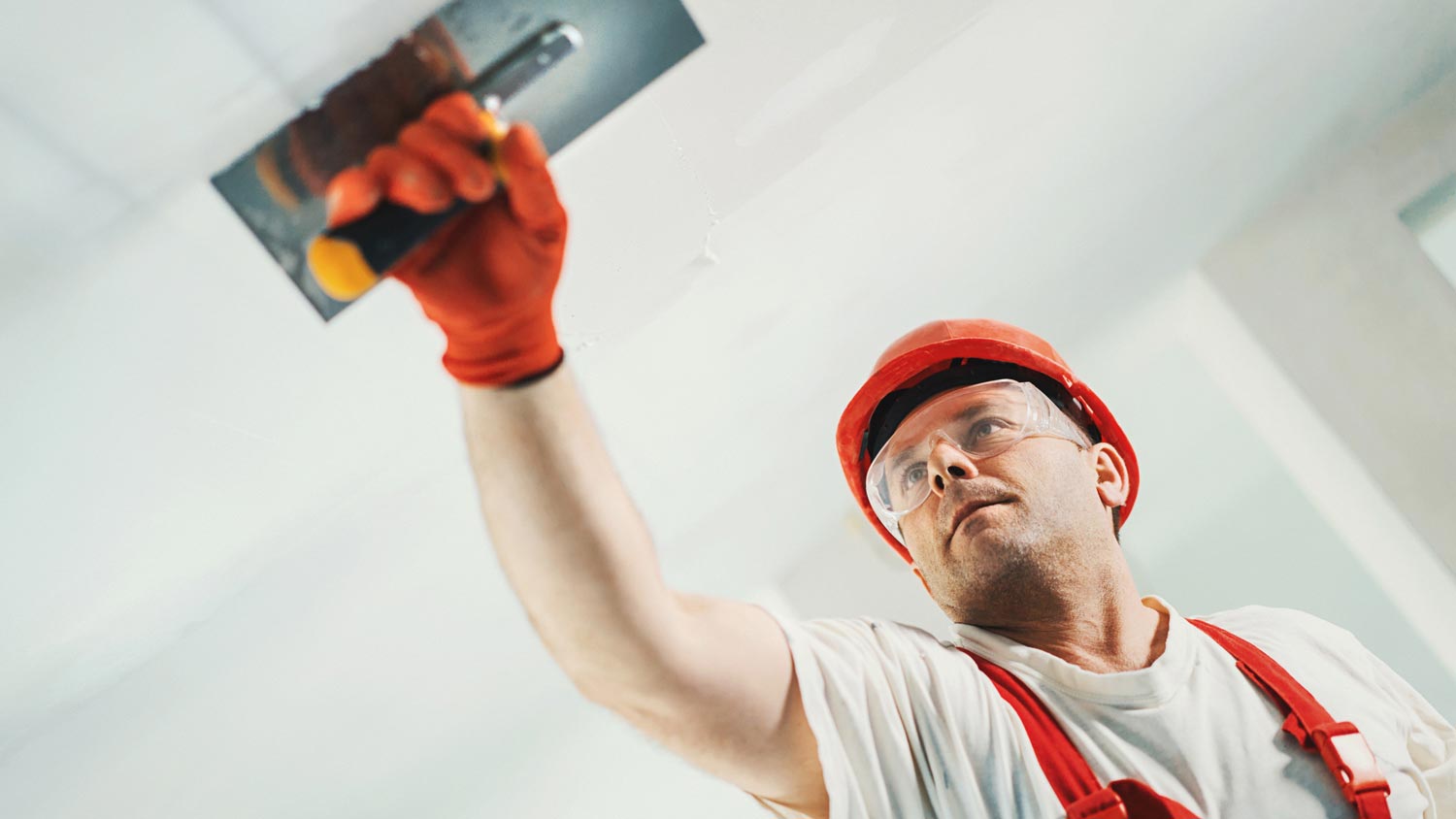
Skim coating drywall is a great alternative to replacement, and is often more affordable. Use this guide to estimate the cost to skim coat walls in your home.
The type of interior wall materials can make a difference in the longevity of your home


Drywall ranges from $0.30 to $0.50 per square foot for the material.
Blueboard is more expensive at $0.50 to $0.80 per square foot.
Blueboard is the clear winner if you live in a moist or humid area.
In the world of interior wall construction, the battle between blueboard vs drywall has raged on for years. Each material offers unique advantages and disadvantages, making it crucial for homeowners and builders to understand the differences before making a decision. Let’s dive into the key distinctions and help you make an informed choice about which material is right for you.
Blueboard and drywall are two common materials used for interior wall construction. The key difference lies in their moisture resistance. Blueboard, also known as plasterboard, is specifically designed for wet or high-humidity areas, making it ideal for bathrooms and kitchens. It has a special blue paper facing that inhibits moisture absorption. In contrast, traditional drywall is not moisture-resistant and is better suited for dry environments. While both materials share similarities in installation and appearance, choosing between them boils down to the specific needs of your space and the level of moisture resistance needed.
Blueboard, also known as plasterboard, is a type of building material commonly used for interior wall construction. Unlike standard drywall, blueboard is designed with enhanced moisture resistance, making it suitable for areas prone to high humidity or damp conditions.
| Pros | Cons |
|---|---|
| Moisture resistance | Cost |
| Durability | Specialized installation |
| Smooth finish | Weight |
| Paint adhesion | Limited availability |
| Design flexibility |
Best for:
Homes in areas with high humidity or damp conditions
Houses with pools, hot tubs, or indoor spas
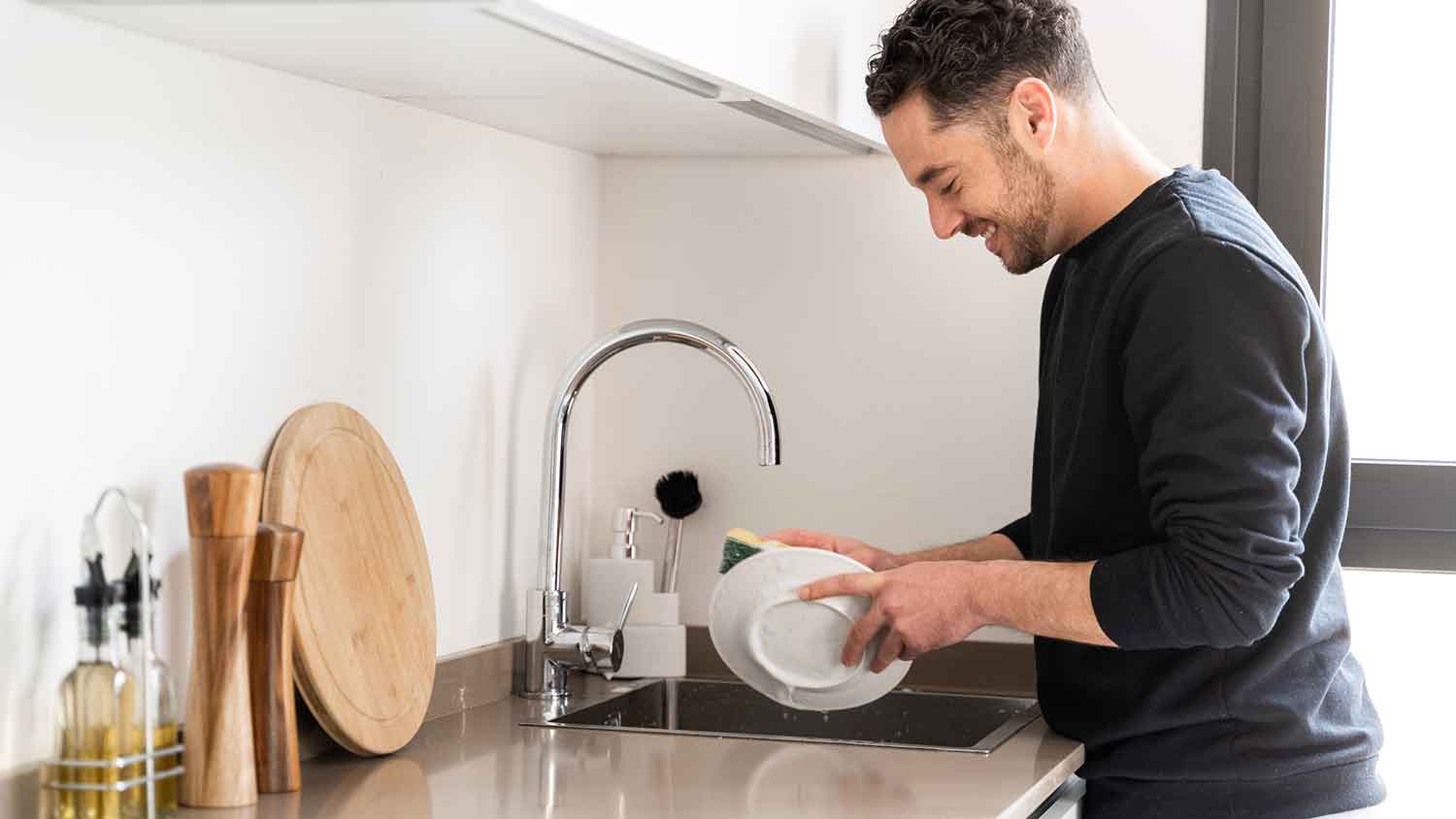
Homeowners can generally enjoy the following advantages when they choose blueboard:
Moisture resistance: Blueboard's unique paper facing makes it highly resistant to moisture, preventing damage in wet environments like bathrooms and kitchens.
Durability: It is more durable in humid conditions, reducing the risk of mold or mildew growth and ensuring longevity.
Smooth finish: Blueboard's surface is designed for smoother finishing, making it easier to achieve a polished look for paint or texture applications.
Paint adhesion: Paint adheres well to blueboard, resulting in a professional and long-lasting finish.
Design flexibility: Blueboard is versatile, allowing for a variety of finishes, textures, and designs to suit your aesthetic preferences.
Of course, there are also some disadvantages associated with blueboard worth considering:
Cost: Blueboard can be more expensive than standard drywall, which may not be ideal for budget-conscious projects.
Specialized installation: Installing blueboard requires specific techniques and materials, which may demand more expertise.
Weight: It is heavier than regular drywall, necessitating careful consideration of load-bearing structures in some cases.
Limited availability: Availability can be limited in some regions, potentially affecting accessibility.
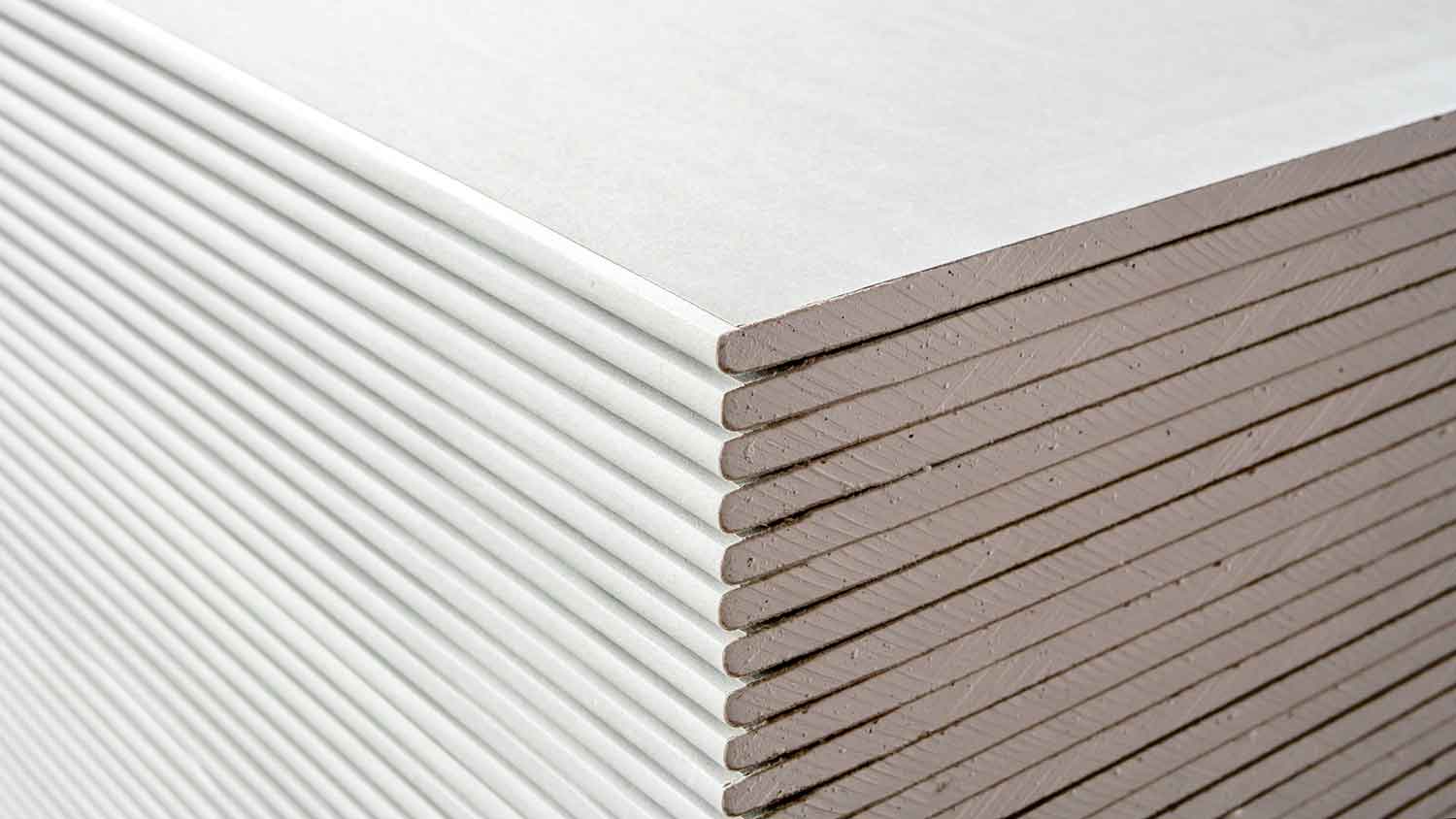
Drywall, also known as gypsum board or wallboard, is a widely used building material for interior wall construction. It consists of a core of gypsum plaster sandwiched between layers of paper or fiberglass. Drywall is known for its versatility and ease of installation, making it a popular choice in residential and commercial construction.
| Pros | Cons |
|---|---|
| Affordability | Limited moisture resistance |
| Ease of installation | Prone to impact damage |
| Smooth finish | Limited fire resistance |
| Sound insulation | Not ideal for humid environments |
| Versatility |
Best for:
Homes that share walls, like townhouses or condos
Houses in dry areas
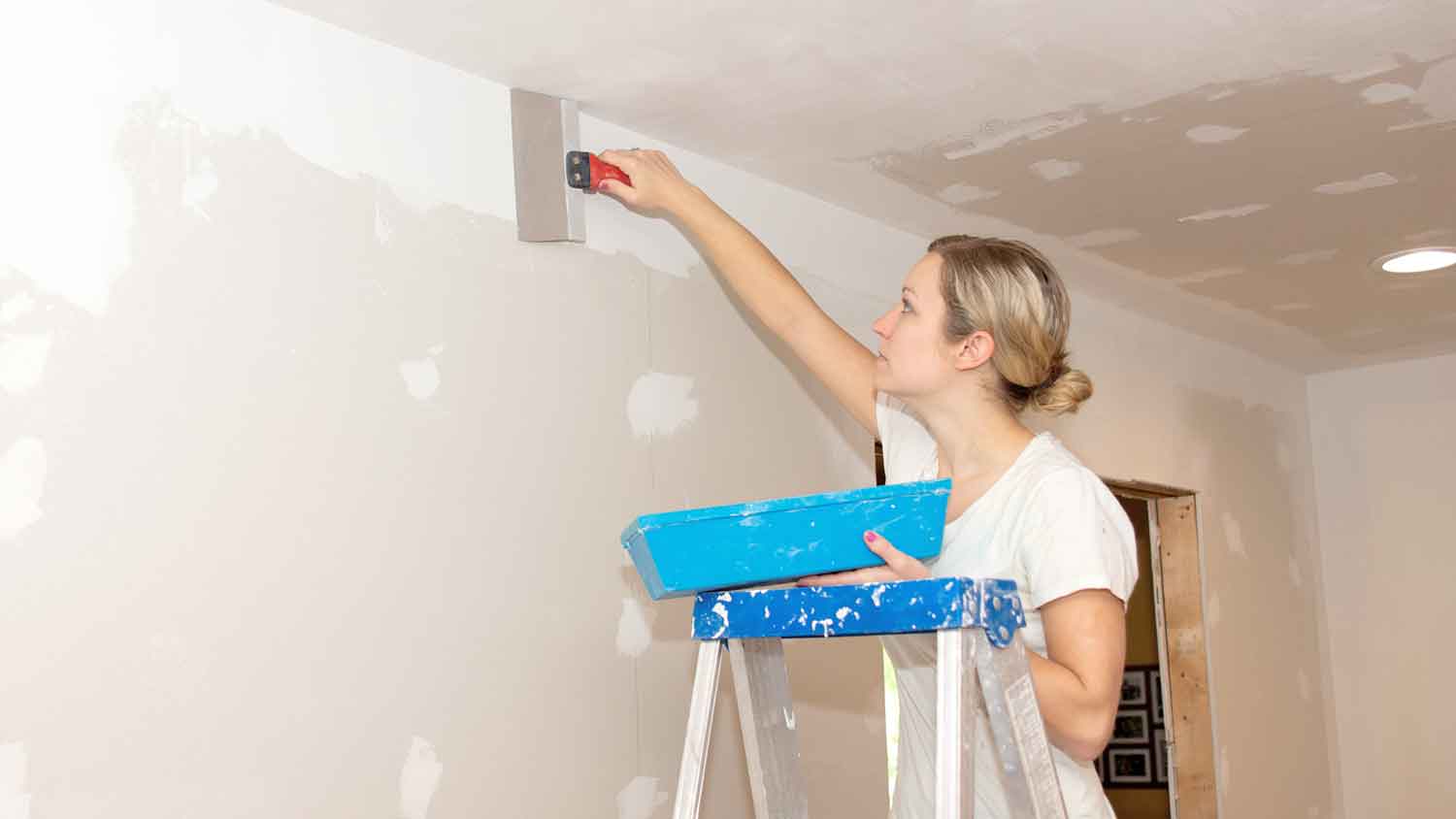
These are some of the unique advantages that come with using drywall in your home:
Affordability: Drywall is cost-effective and readily available, making it a budget-friendly choice for a wide range of projects.
Ease of installation: Drywall installation is relatively straightforward, and it can be quickly erected by experienced professionals.
Smooth finish: Drywall provides a smooth, uniform surface that's suitable for painting, texturing, or wallpapering.
Sound insulation: It can provide moderate sound insulation, reducing noise transfer between rooms when used with proper insulation materials.
Before choosing to go the drywall route, consider these distinct disadvantages:
Limited moisture resistance: Standard drywall is not moisture-resistant and can be susceptible to damage in wet environments, necessitating special attention in such areas.
Prone to impact damage: Drywall is susceptible to dents, cracks, and holes from impacts, which may require repairs.
Fire resistance: While it offers some fire resistance, drywall can eventually succumb to high temperatures and flames. Special fire-resistant drywall is available for enhanced protection.
Not ideal for humid environments: In areas with high humidity or moisture, drywall may require additional moisture-resistant coatings or be replaced with more suitable materials like blueboard.
When it comes to choosing between drywall versus blueboard, which material is right for your home depends a lot on what qualities matter the most to you. Let’s take a closer look at what areas each of these families excel in.
| Blueboard | Drywall |
|---|---|
| Moisture resistant | Ease of installation |
| Smooth finish | Smooth finish |
| Durable | Sound resistant |
Drywall takes the lead in this category due to its flexibility and adaptability. You can easily cut, shape, and customize drywall panels to fit unique room layouts and designs. It also accepts a wide range of finishes, textures, and decorative elements, allowing for endless creative possibilities. There are also different types of drywall to choose from. Blueboard, while suitable for various finishes, may require more effort to customize to the same extent. A professional drywall installer near you can walk you through your customization options.
Blueboard wins in terms of durability, especially in moist or humid environments. Its moisture-resistant properties make it less susceptible to damage from water exposure, reducing the risk of mold or mildew growth. Drywall, while durable in standard conditions, may require additional moisture-resistant treatments or replacement in areas prone to high humidity or dampness.
Drywall is the cost-effective winner in this category. It's readily available and budget-friendly, making it an economical choice for most construction projects. Blueboard, with its specialized moisture-resistant features, tends to be more expensive, which can impact your project's overall cost. On average, the cost of drywall can range from $0.30 to $0.50 per square foot for the material itself, whereas the cost of blueboard can range from $0.50 to $0.80 per square foot for the material.
In terms of longevity, blueboard holds the advantage, particularly in moisture-prone areas. Its moisture-resistant properties contribute to a longer life span, reducing the likelihood of premature deterioration. Drywall, while durable, may require replacement sooner in environments with high humidity or water exposure.
From average costs to expert advice, get all the answers you need to get your job done.

Skim coating drywall is a great alternative to replacement, and is often more affordable. Use this guide to estimate the cost to skim coat walls in your home.

Installing drywall is the most common way to finish your home’s interior. Use this drywall installation cost guide to see what your project is likely to cost.

Drywall texture can create an attractive finish and add dimension to your home’s walls. This guide breaks down the factors that influence the cost to texture drywall.

Drywall is made of a crushed mineral called gypsum sandwiched between two layers of paper. Find out more about the components of drywall in our guide.
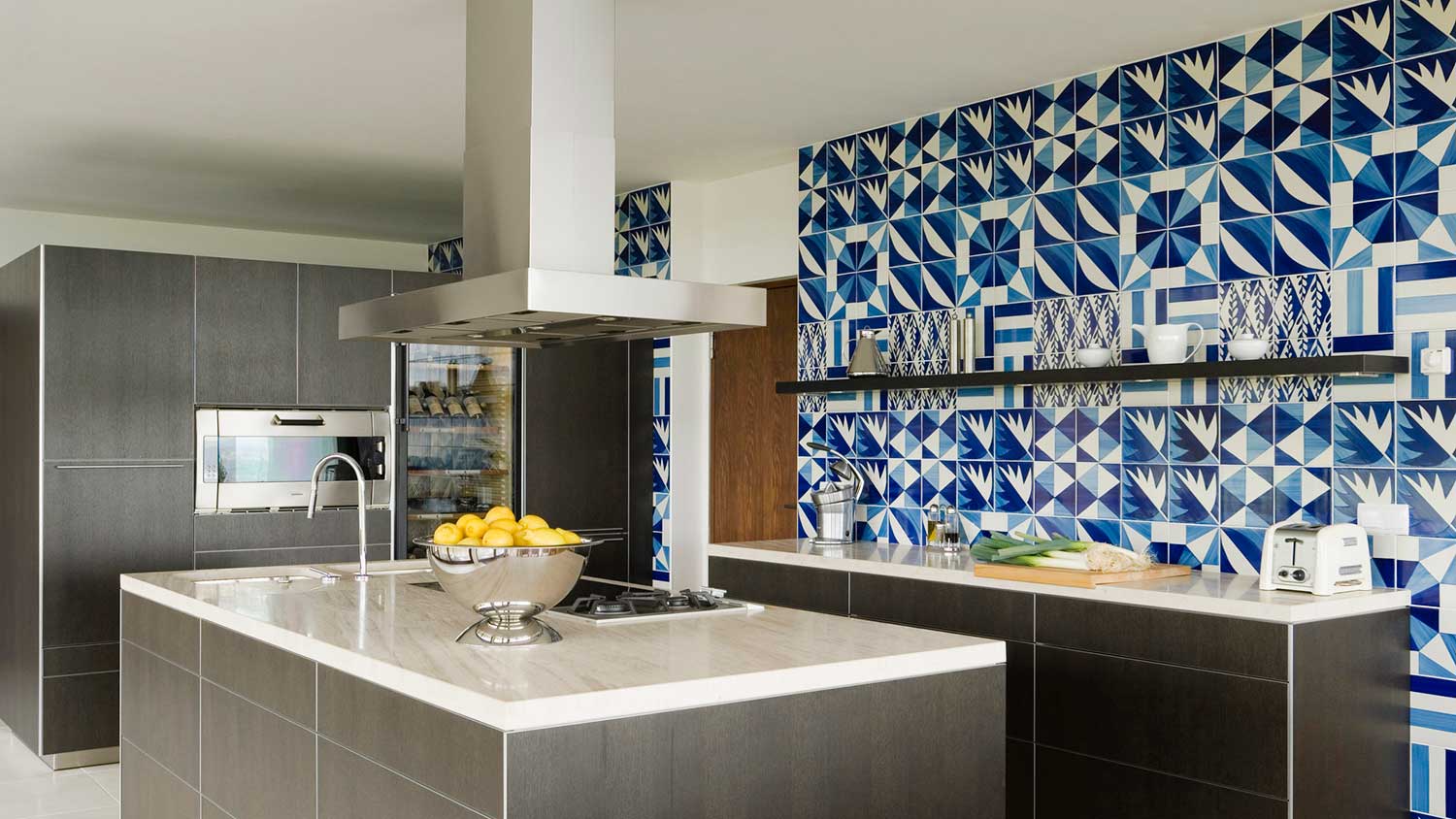
Cement backer board provides a solid surface for tiles. This guide on how to cut cement board should make your tiling project easier and faster.

Confused about drywall screws versus wood screws? Learn their key differences, best uses, and which one to choose for your next project.